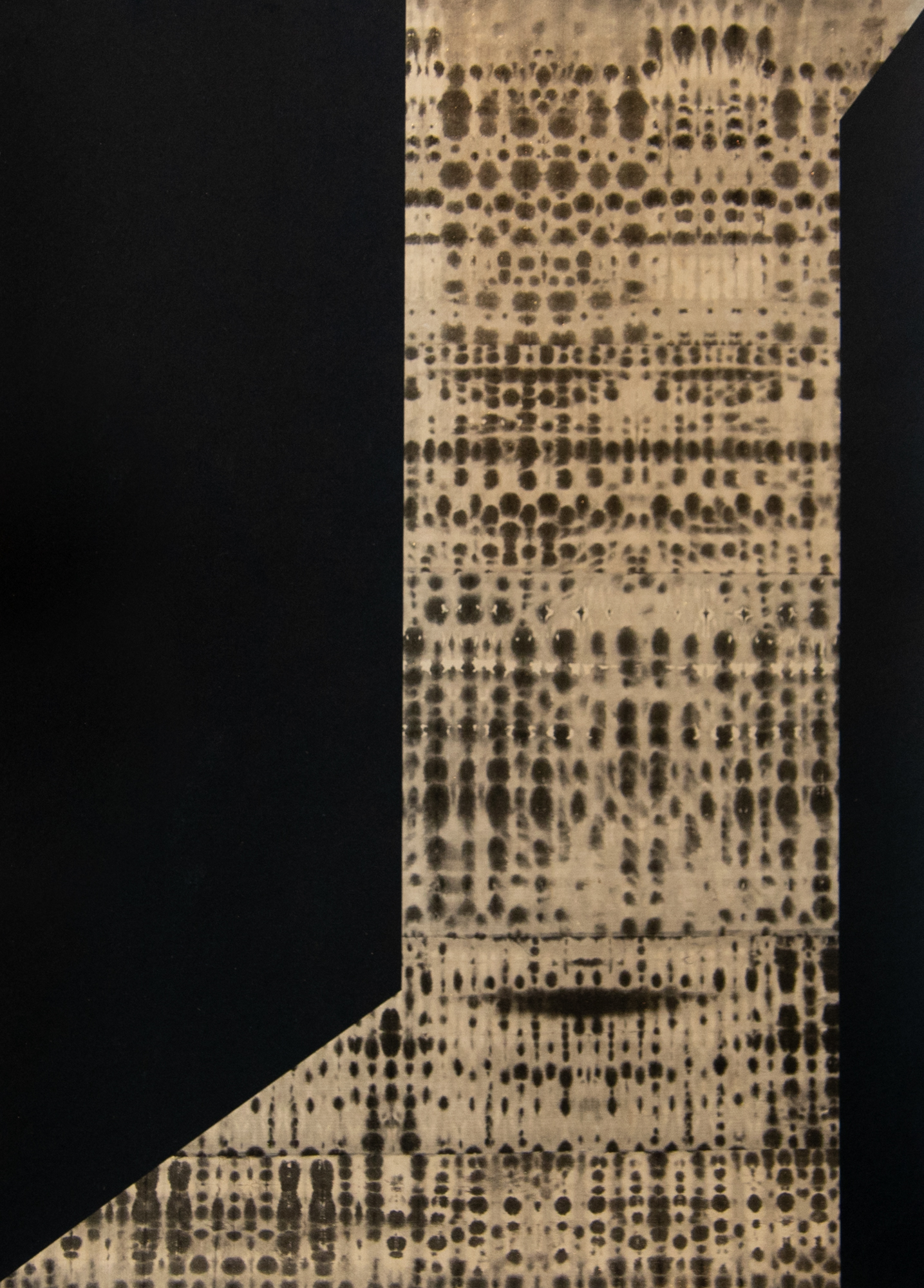Shows
Fan Yan’s “Jeux Thèmes Variations”


Fan Yan: “Jeux Thèmes Variations”
Alisan Fine Arts Aberdeen
Hong Kong
May 3–Sep 16, 2023
Visitors heard “Jeux Thèmes Variations,” Fan Yan’s exhibition at Alisan Fine Arts, before they saw it. As Fan rehearsed a group of musicians (friends from her days playing viola with the Hong Kong Philharmonic Orchestra), strings echoed down the corridor. Distance and space are integral to Fan’s visual strategy, with distance substituting for time. Ideally, Fan displays paintings across multiple rooms, encouraging viewers’ physical as well as visual movement. But in Alisan’s single space, tensions between two styles—the comfortable and the intellectual—created an alternative dynamic, employing core techniques transmuted from music.
Transmuted, because music and painting depend on different senses (aural and visual) despite sharing forms of experience and thought. The two worlds have long interacted and contemporary painters generally translate music’s time factor through action: calligraphic gesture, closer to Chinese painting than Western, is the traditional vehicle, as calligraphy implies poetry implies time. Postwar gestural abstraction, abstract expressionism, and even op-art deployed an expressly music-related sense of motion or rhythm. American composers Morton Feldman and John Cage debated with compatriot artist Philip Guston; Paul Klee explored how colors could translate patterns of emotion from music.
Today, Fan’s core technique deploys the chance results of folding and inking strips of xuan paper with color or pure black ink, then unfolding and mounting the stained strips on paper in scrolls or Western painting formats. The mounted strips evoke a musical score, read as a series of variations across and down the scroll. Our eye movements over this array necessarily import time as these rhythms parallel our musical senses. Chance creates patterns as ink penetrates the paper, mirroring John Cage’s aleatoric (chance-driven) music. But Fan, like Cage, defines chosen parameters: color, the actual strips and their content, as well as how to collage strips into specific paintings and order them on a gallery wall, creating an installation recalling a multi-movement composition.

If her Mist series (2022) is comfortable because the harmonious and landscape-inspired color combinations invite the eye to explore seas or forests through which waves and trees repeat, as in Mist in Dark Green (2022), their theoretical interest remains strong. Here, less classical Western music’s tune-pattern, and more, the shimmering color harmonies of Indian ragas or Balinese gamelan pieces. Her closely linked color patterns mirror and echo the tight harmonies of minimalist composers like Philip Glass or Morton Feldman. Meditation and the Zen penchant for unifying the disparate while representing the natural, similarly attracted Cage, Glass, and Feldman.

Conversely, in her Ostinato series (2023), black Chinese ink and the absence of color focused attention on intellectual as opposed to emotional content. If her Mist works treat pattern as a rugmaker might assemble the signs, symbols, and colors of the natural world, these works appeared to be assembled from technical sources—X-rays or diffraction images—revealing repetitions consonant with musical or sculptural minimalism. While the Mist works harmonize, Fan’s Ostinato works embed conflict. Parts are cut out and replaced with angular, black blocks in Ostinato Variation No. 4 (2023). In Ostinato Variation No. 7 (2023), she unpacks space in depth, digging through paper layers of a 3D collage, tearing away the topmost sheets, burning their edges to soften them, and drawing our eyes across the revealed surface by implanting pins with heads of dark or bright brass for a percussive effect, joining those pins with bright brass wire (like journey-points on a medieval map), to link painting not simply to music performance but to avant-garde musical scores such as those by Karlheinz Stockhausen.
Her Ostinato series was inspired by Dutch minimalist composer Simeon ten Holt’s Canto Ostinato, and Fan’s musician friends played Glass’ minimalist String Quartet No. 2 (1983); with its repetitions, pulsations, small shifts in tone, harmony, and rhythm, the music ended like smoke vanishing into thin air, offering a musical counterpart to Fan’s ambiguous and ambitious paintings. Ultimately, “Jeux Thèmes Variations” extended the interface between music and painting, importing time into painting not through the artist’s actions, but by inducing an awareness of spiritual space in the viewer.
Paul Serfaty is a writer and barrister based in Hong Kong.







